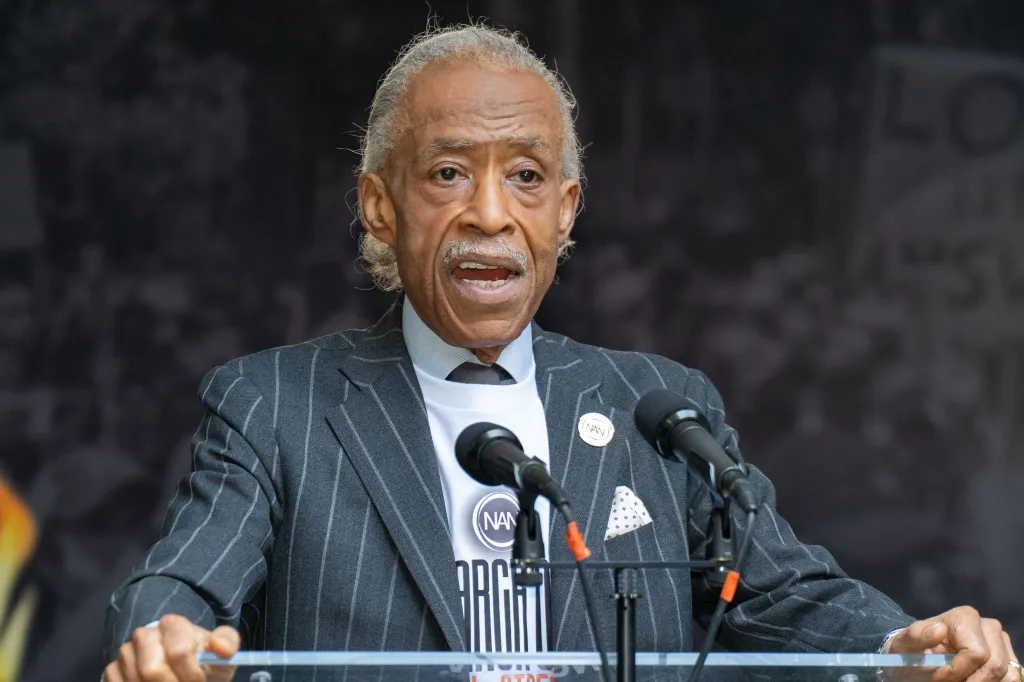Copyright Forbes

“Cut and paste. That’s one of the biggest things I’m worried about,” says Shakeel Bharmal, award-winning executive coach. His warning is not specifically about the use of AI tools or technological shortcuts, but about people’s current personal and leadership habits. Bharmal is pointing to a broader professional drift toward metrics over dialogue, templates over thinking, and quick answers over thoughtful questions. Bharmal believes the counterpoint is practical if not staring us in the face. As a leader, start by serving the person two steps beyond, something Bharmal calls “the customer’s customer.” By thinking empathetically about the needs, desires, goals, and requirements of your customer’s customer, you put yourself in a better situation to strategize and act. Furthermore, Bharmal believes that all leaders should treat coaching as a primary part of the job, not a ‘nice to do.’ And from there, your strategic planning will become much less complicated. But how? Serve The Customer’s Customer Bharmal’s starting point, perhaps ironically, draws attention away from your primary stakeholder. He says, “The idea of focusing on the customer’s customer means skipping over the person that you first care about and jumping to the person that they care about. When you put yourself in the shoes of the end user that your customer serves, you’re now looking at the world from their perspective.” That subtle shift can put a whole new lens on priorities and strip out vanity work that merely pleases the org chart or your boss. That same differentiating lens applies inside the enterprise as well. “Value creation is not just about creating value for a customer,” says Bharmal, “it’s about creating value inside your organization.” If you help to serve your colleagues’ outcomes, you earn the right to ask for help with your own needs and goals. It’s also where AI can become helpful in your leadership if used with intent. Bharmal’s advice is to turn AI into a question machine. “In the prompt, query the AI to ask you five questions that will allow you to think deeper about this issue,” he says, particularly as it pertains to the concept of “my customer’s customer.” Start with the end user’s reality, then use those more challenging questions to refine the plan or ideas. Bharmal flags the issue of AI rather starkly: “I’m worried that people have engagements on the AI and literally cut and paste the answer they get and stick it in a proposal and send it off, and not read it, not think about it, and not turn it into their own language.” That’s not serving the customer’s customer. That’s finding a lazy way out. Coaching Is The Job of Leadership Bharmal also believes that coaching is tantamount to the definition of leadership. “I think leadership is 80% about being a coach. I really do,” he remarks. The premise underneath his thinking is the point. “Coaching is leadership, and leadership is coaching,” claims Bharmal. “The fundamental premise of coaching is that the people you work with either have the answer to the problems that are in front of them, or they are capable of finding the answer.” That belief that he brings up changes how communication works as a leader. If you simply broadcast an edict or command, it does not build commitment. “For people to really, truly believe something or feel it in their heart,” he says, “they’ve got to hear it a dozen times in different formats and flavors.” Coaching also sets the tone for dialectical discourse and dissent. Safety is not the absence of disagreement, but rather, it is the condition that makes disagreement valuable and progress possible. Leaders who coach their teams invite challenge, pull quieter voices into the conversation, and help people put various trade-offs into the public agora of the team’s collaboration wheel, encouraging debate and ensuring decisions have owners. Strategy Is A Dialogue, Not A Document Similar to coaching and keeping your customer’s customer in mind, when strategic plans stall or go sideways, the cause is often something that could have been avoided. Bharmal recommends a deliberately conversational approach. “The real opportunity with strategic planning exercises is not just marching through a logical process,” he states. “It’s about digging into the genius in the room and creating a space for individuals in the room to be more creative and kind of accelerate the alignment and trust building.” The output is not only a plan; it is a leadership team with a common language they can use at all times. “Yes, we’ll have a plan,” Bharmal says, “but we have a more successful, effective team that’ll more likely communicate the plan to the organization, believe in it, execute it, overcome obstacles, and deal with disagreements.” Or, as he frames the eventual cultural miss, “We’re not talking enough, we’re not engaging enough, we’re not communicating enough, and we’re not opening the floor for conversations to be challenged.” AI can slot in to sharpen thinking rather than replace it and to generate counterarguments, surface blind spots, and pressure-test assumptions. But above all, when you serve the customer’s customer, coach as your default leadership trait, and treat strategy as a live conversation, your culture will follow, and performance will gain momentum.



